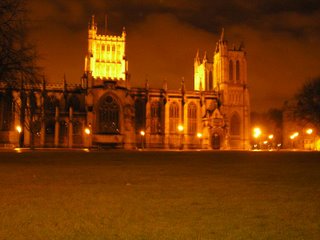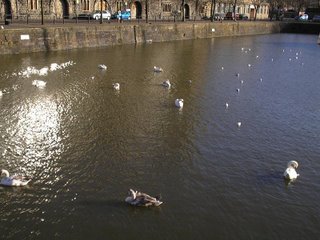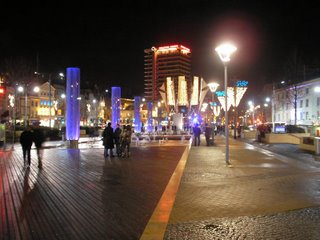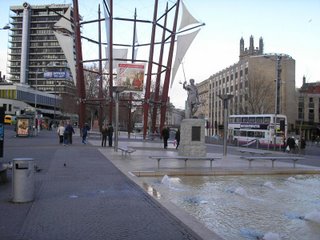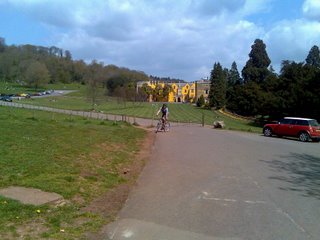Burnout is defined as a psychological syndrome of emotional exhaustion, depersonalization and reduced personal accomplishment in response to chronic interpersonal stressors on the job. Other symptoms include a feeling of depersonalization, described as the development of negative, cynical attitudes towards the recipients of one’s service, sense of helplessness, progressive apathy, cold and illness in pressured, overzealous relief at the end of the day, disillusionment with field of work, increased alcohol or drug use, and work related dreams with anxiety and guilt. Self–reporting of burnout is most often labelled as feelings of frustration. Frustration is a sense of powerlessness and isolation.
Inadequate communication and unrealistic expectations are also result of overload in staff and feeling of isolation. For instance, social workers can also become frustrated when more time is spent on paperwork than with clients. Money or salary (Wages) is not only the motivation factor to work however workers often seek the intrinsic value of the opportunity to help or to have a sense of purpose. Negative communication from co–workers or supervisors is also one cause of burn–out.
Age and gender have been associated with workplace frustration and burnout. However, inadequate skills and lack of experience may explain the age differences in levels of burnout, as younger workers are more likely to be inexperienced. Female workers compose a large percentage of the person–centred working population and may present their own problems. Women are often “other focused” and may have difficulty asking for help and support and in communicating their own needs.
In summary, individual characteristics can contribute to one’s ability to cope with high stress clients or in high stress fields of practice are the key factors of burnout. In terms of individual characteristics, younger workers and women tend to be more vulnerable to burnout than the older workers and men.
Inadequate communication and unrealistic expectations are also result of overload in staff and feeling of isolation. For instance, social workers can also become frustrated when more time is spent on paperwork than with clients. Money or salary (Wages) is not only the motivation factor to work however workers often seek the intrinsic value of the opportunity to help or to have a sense of purpose. Negative communication from co–workers or supervisors is also one cause of burn–out.
Age and gender have been associated with workplace frustration and burnout. However, inadequate skills and lack of experience may explain the age differences in levels of burnout, as younger workers are more likely to be inexperienced. Female workers compose a large percentage of the person–centred working population and may present their own problems. Women are often “other focused” and may have difficulty asking for help and support and in communicating their own needs.
In summary, individual characteristics can contribute to one’s ability to cope with high stress clients or in high stress fields of practice are the key factors of burnout. In terms of individual characteristics, younger workers and women tend to be more vulnerable to burnout than the older workers and men.
